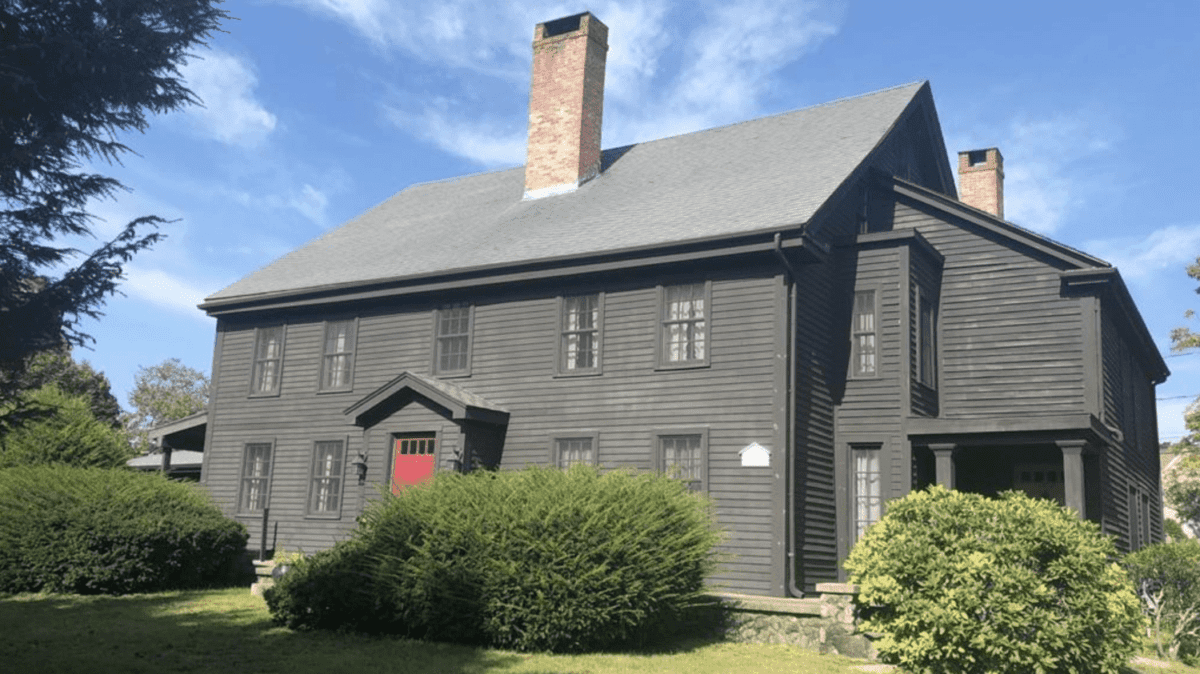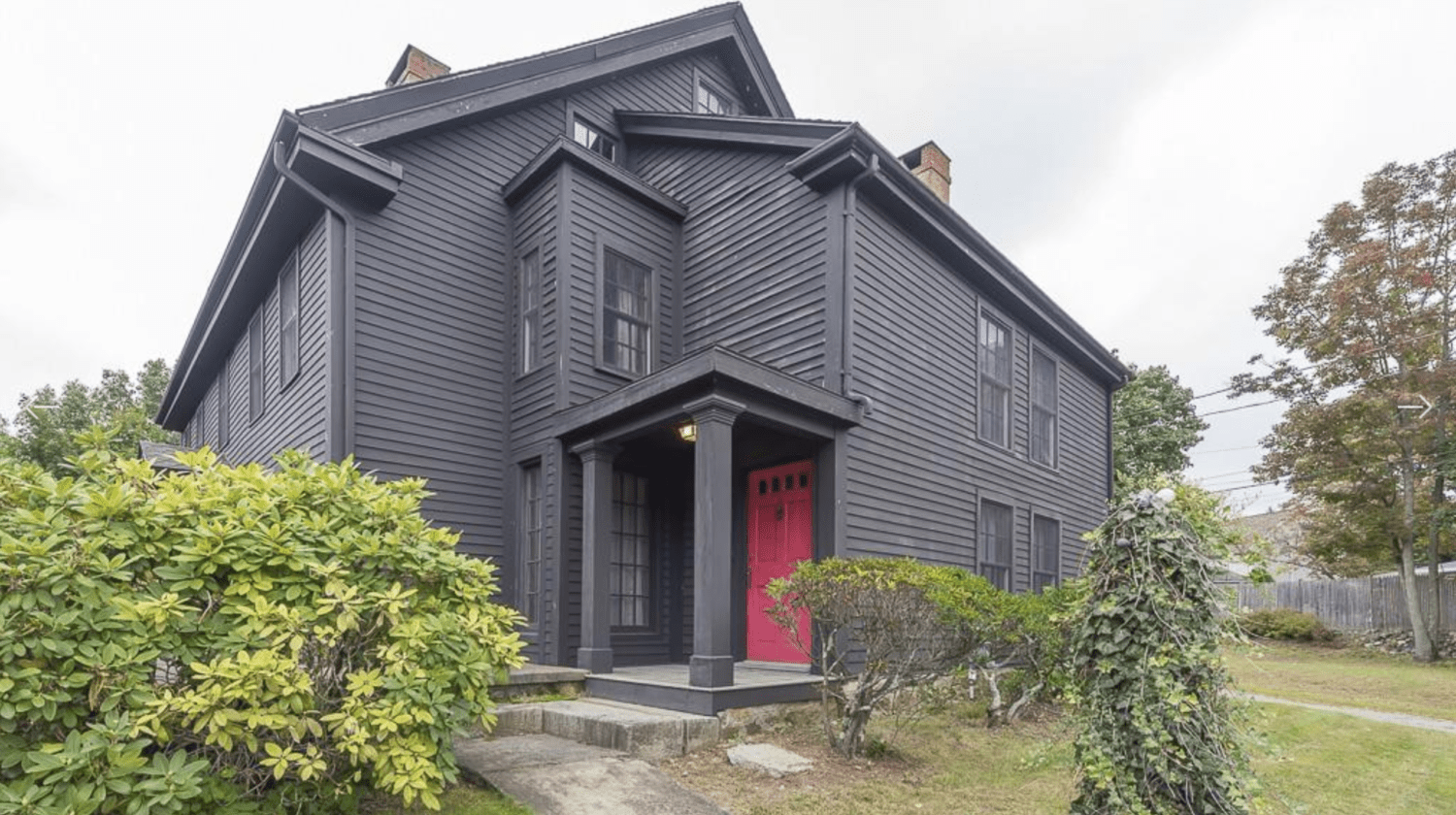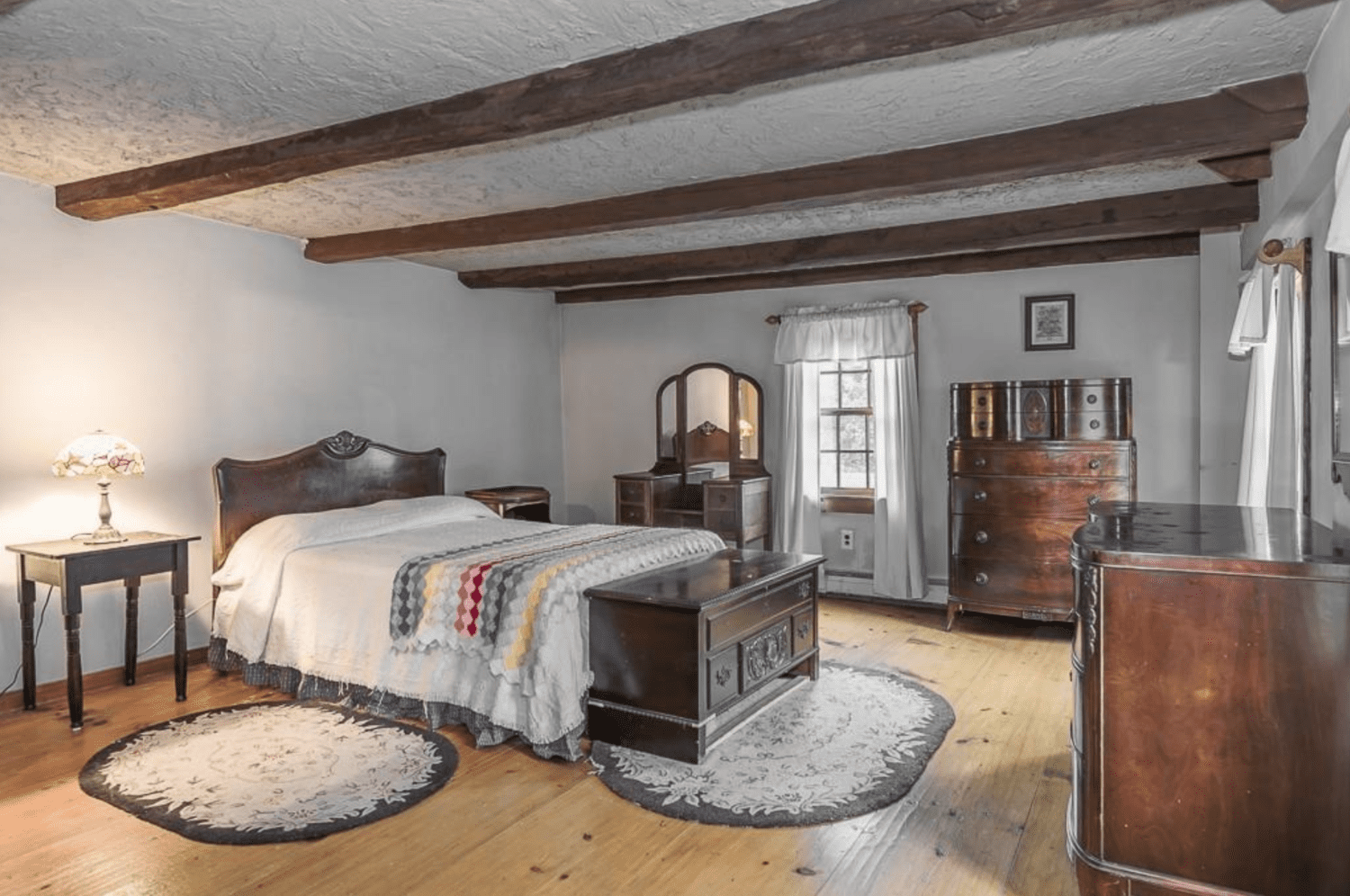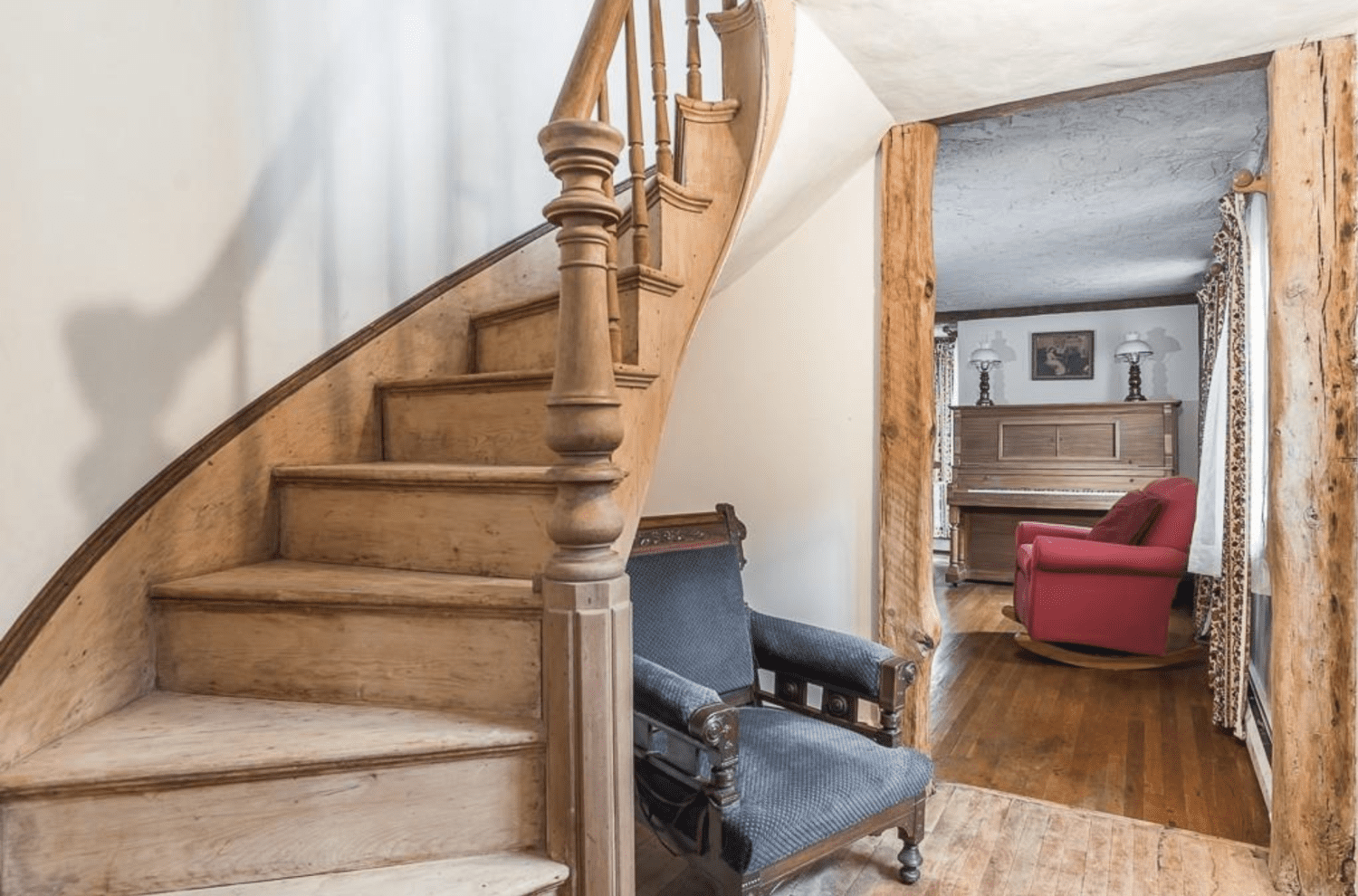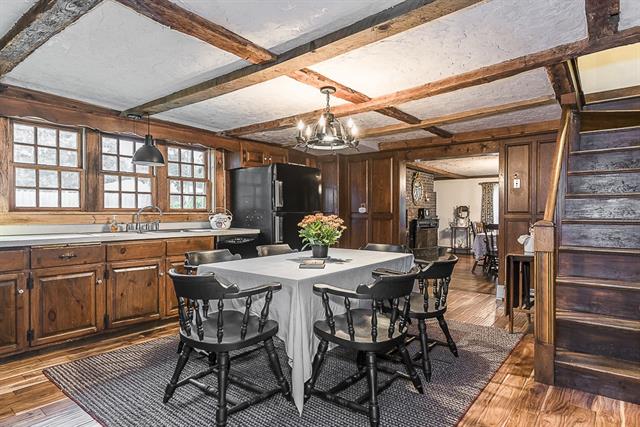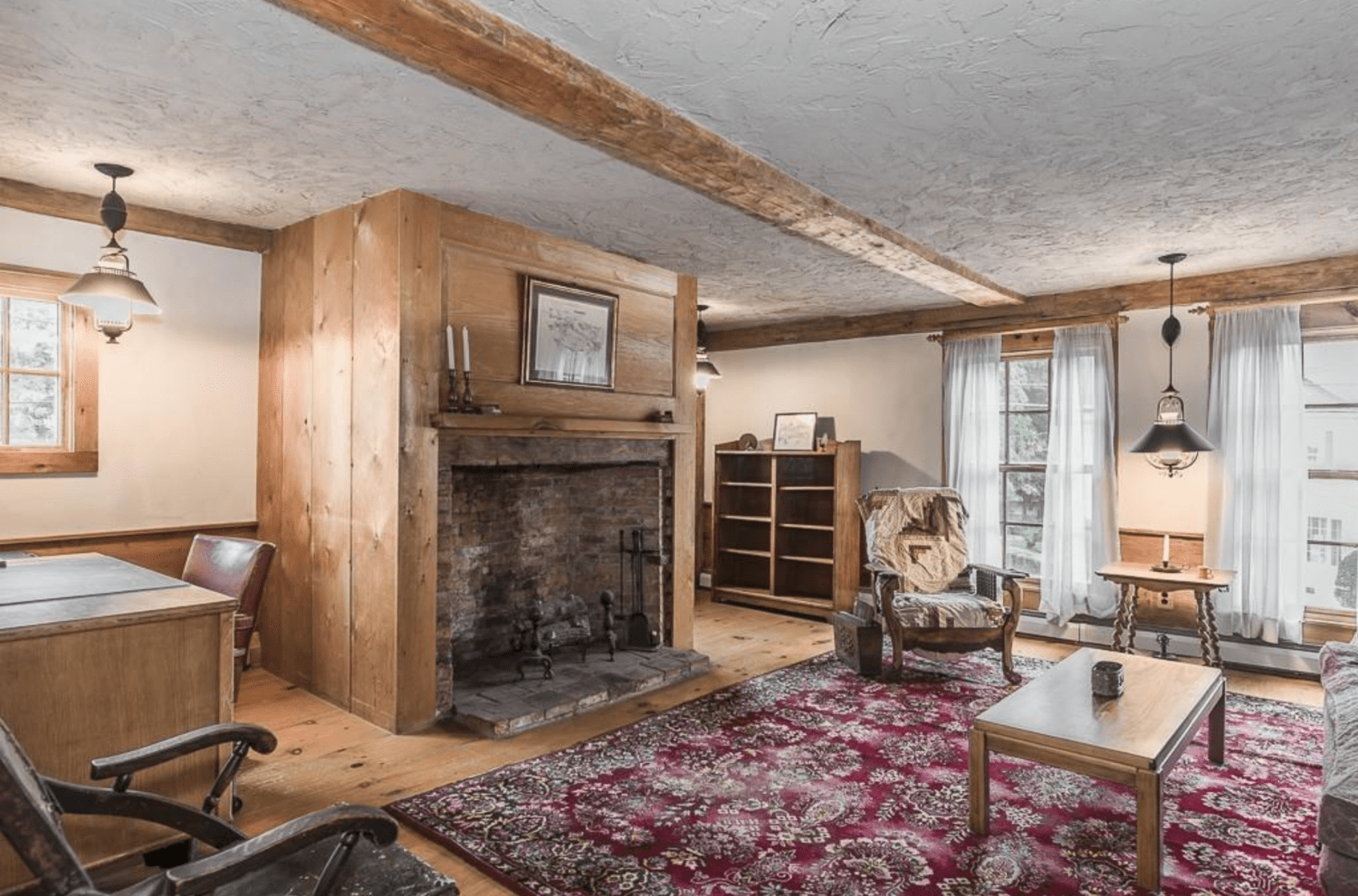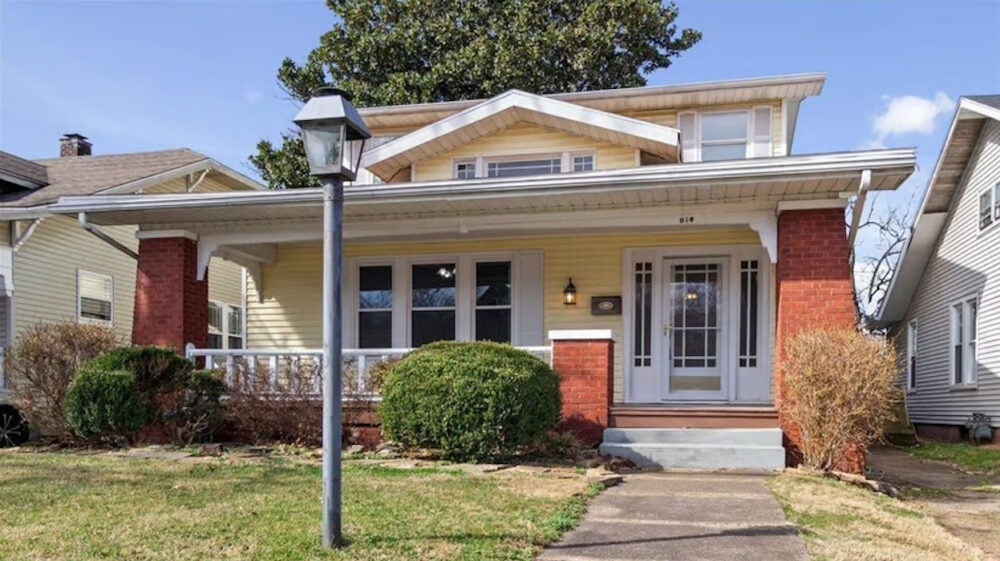This Home Of A Salem Witch Trials Victim Is For Sale—See Photos Of The Inside
Instead of just visiting a haunted house this Halloween season, you could buy a house with a seriously spooky background. A home in Peabody, Massachusetts, that once belonged to John Proctor, who was convicted of witchcraft and hanged in 1692 as part of the Salem witch trials, is currently on the market.
The 4,000-square-foot home was built in 1638 and is listed for $600,000.
“A grand example of Colonial and American History, the John Proctor House,” reads the listing. “This first period, registered historic home features period detail with the functionality of today’s needs. Large eat in kitchen with plenty of workspace. The dining room can accommodate your largest holiday gathering. All the bedrooms offer storage and ample space to relax. Enjoy the summers around your oversized in-ground pool.”
The listing makes it sound cheerful, but check out this shot of the exterior:
The area of Peabody that the home is located in was part of Salem at the time of the trials. According to CBS Boston, the vice president of the Peabody Historical Society, Michael Bonfanti, said the organization may consider buying the home and making it a public resource.
Here’s some more history about John Proctor and his home:
The home has six bedrooms and two bathrooms. Parts of the original structure are still visible, including wood beams, listing agent Joseph Cipoletta of J. Barrett and Company told Boston.com.
John Proctor features prominently in “The Crucible,” the 1953 play about the Salem witch trials by Arthur Miller. The play is historical fiction but incorporates real events and figures from the era. Prior to the trials, Proctor was a tavern owner and farmer. He was the first man to be accused of being a witch.
The house is nearly 400 years old, but it’s wearing well.
“It hasn’t had that many owners,” curator Kelly Daniell of the Peabody Historical Society told Boston.com. “Historically, that’s unusual. Property changes hands frequently, especially ones right on Lowell Street.”
For about two centuries after his death, Proctor’s descendants lived on his land. The home is currently owned by the Raponi family.
“It has been maintained practically as a museum by the current owner, who went far and beyond to maintain the home’s authentic, first-period feel,” Cipoletta said.
Would you consider living in this home?


